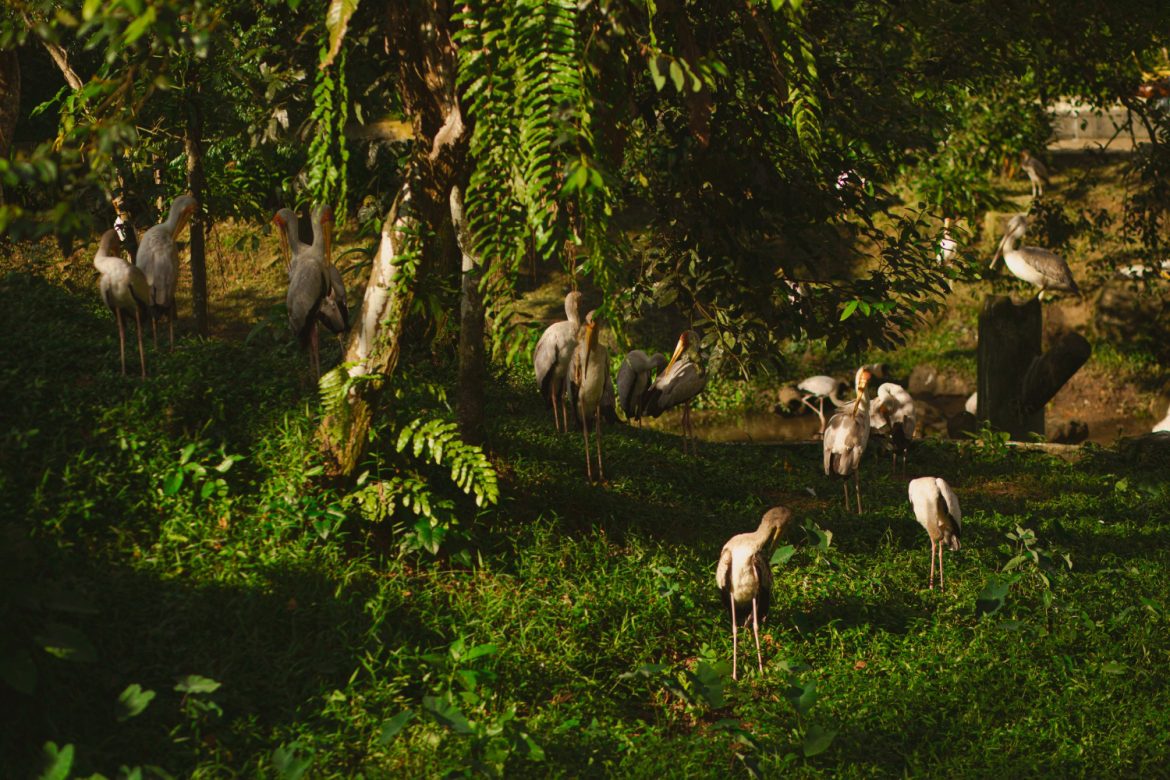City-adapted ecosystems exhibit unique relationships: trees and shrubs provide shelter and food sources, water bodies and green spaces support migration routes and seasonal aggregations of animals, and humans influence their behavior through development, lighting, and emissions. In some areas, we can already see the effects of urban landscapes on the behavioral and physiological characteristics of animals: changes in feeding schedules, waste processing, and frequency of visits to people.
Advertising
However, maintaining a balance between the comfort of city dwellers and the well-being of wild animals requires responsible actions: clean yards and waste containers, safe areas for birds, urban planning that takes into account migration and biodiversity. Supporting city parks, green roofs and water features can be a step towards more sustainable urban life. As an example, stories are given about forest bird populations in megacities, rare wild animals that find shelter in the suburbs, and how people can interact with these inhabitants without intrusive interference.

